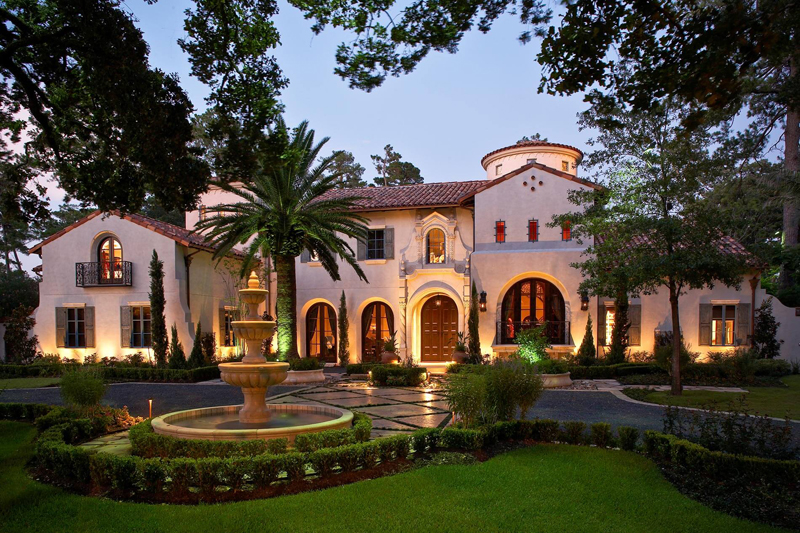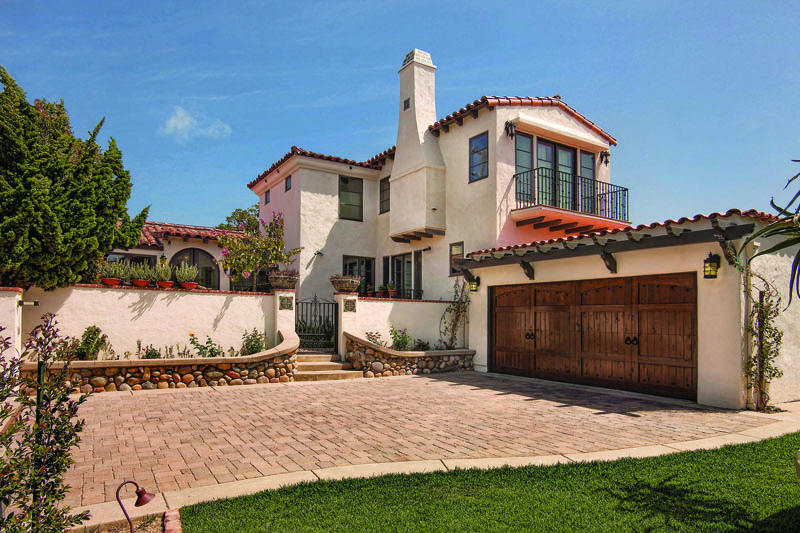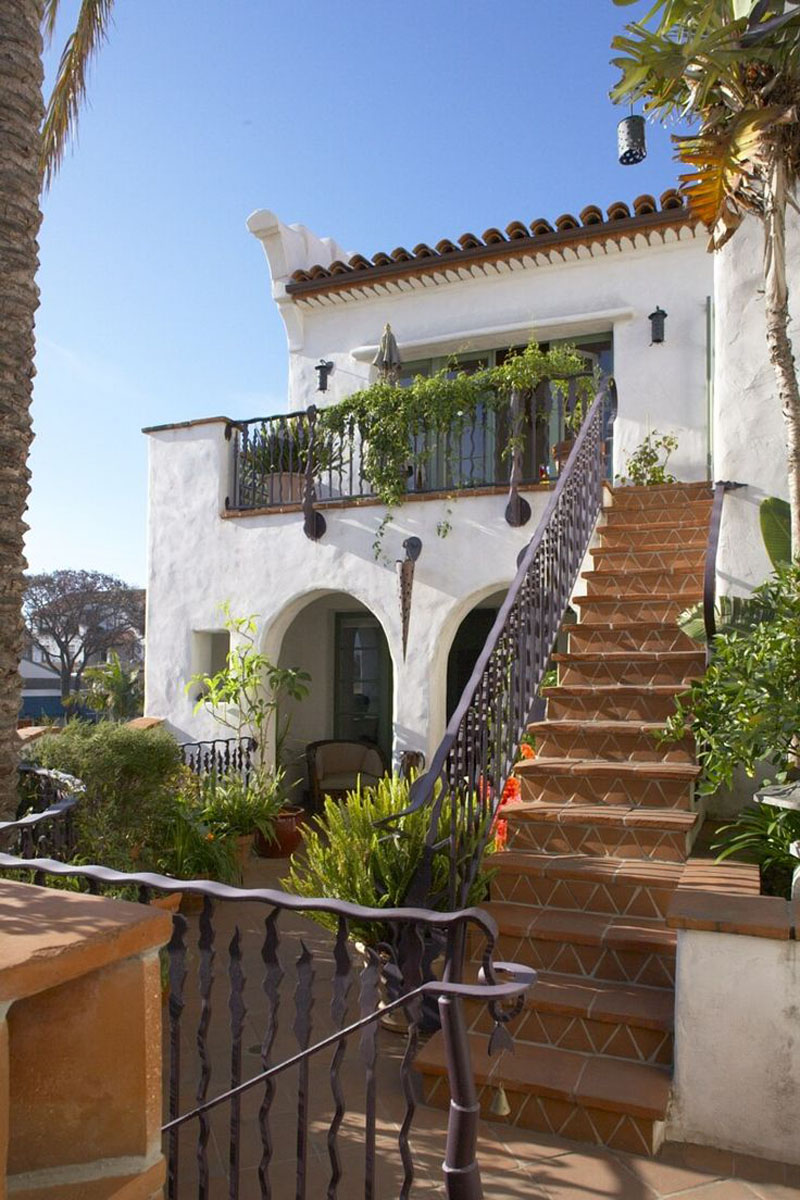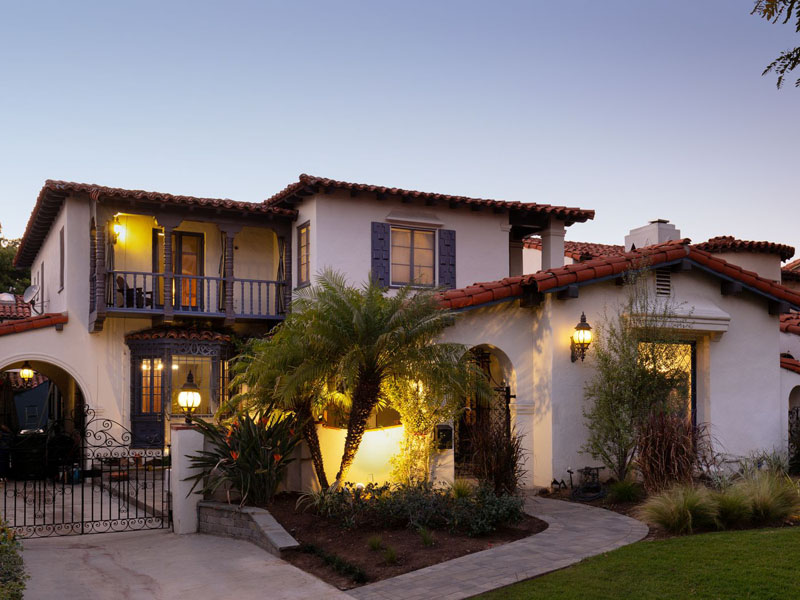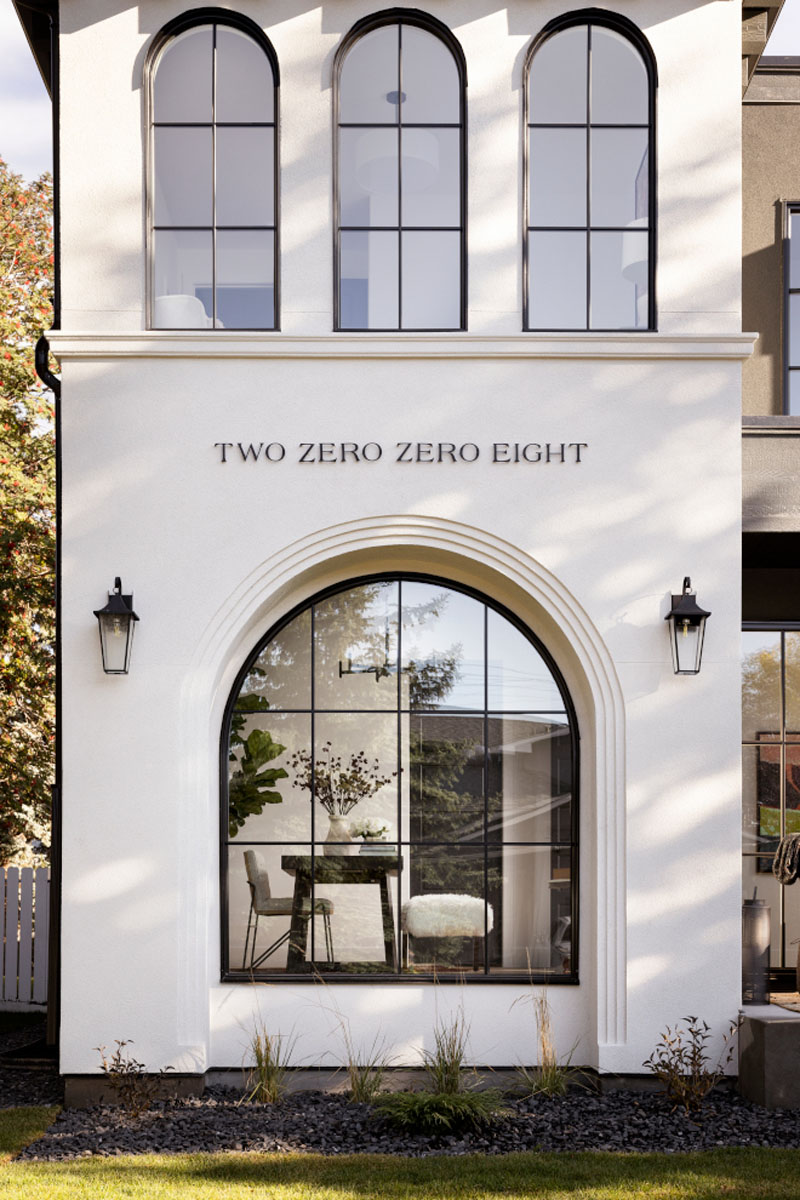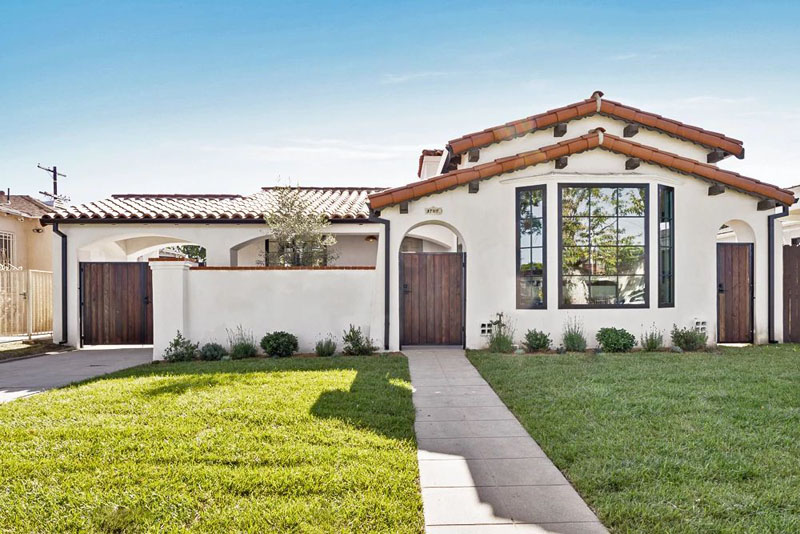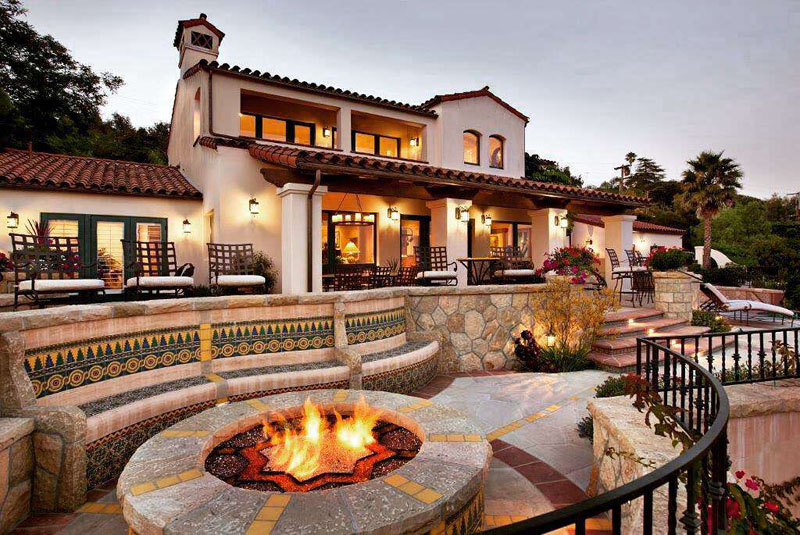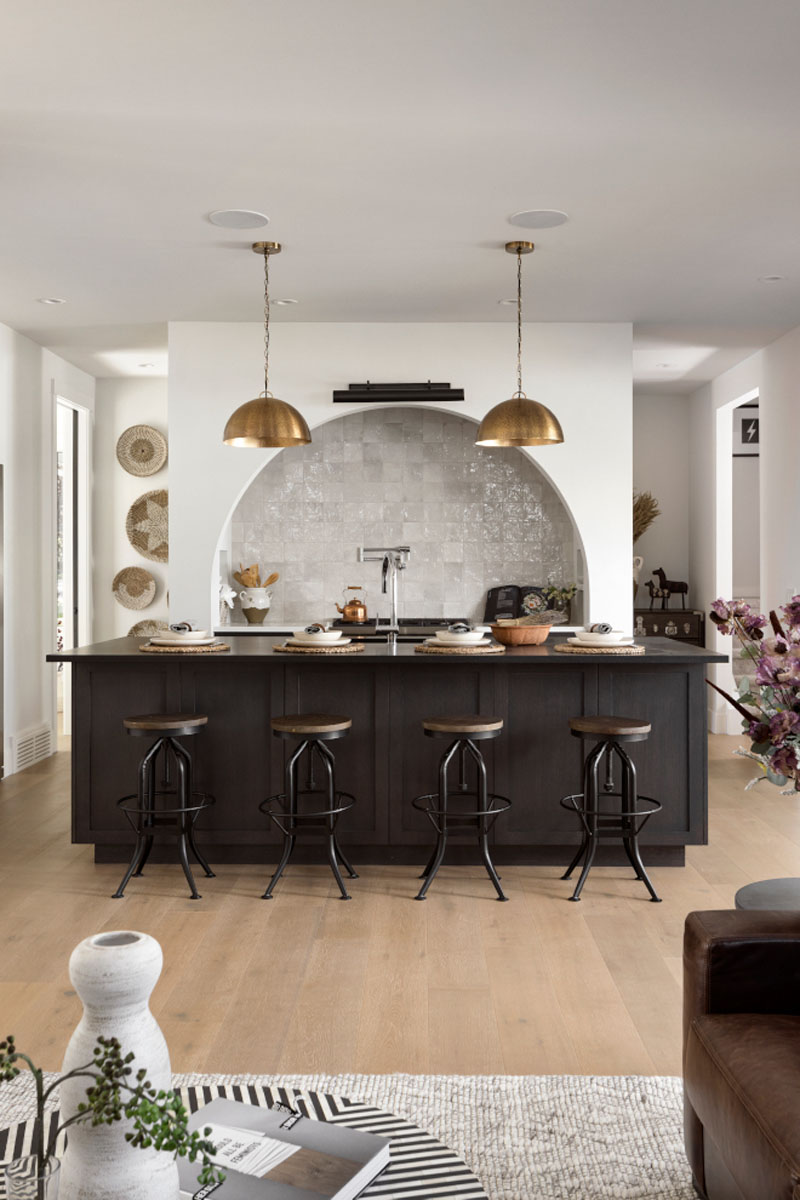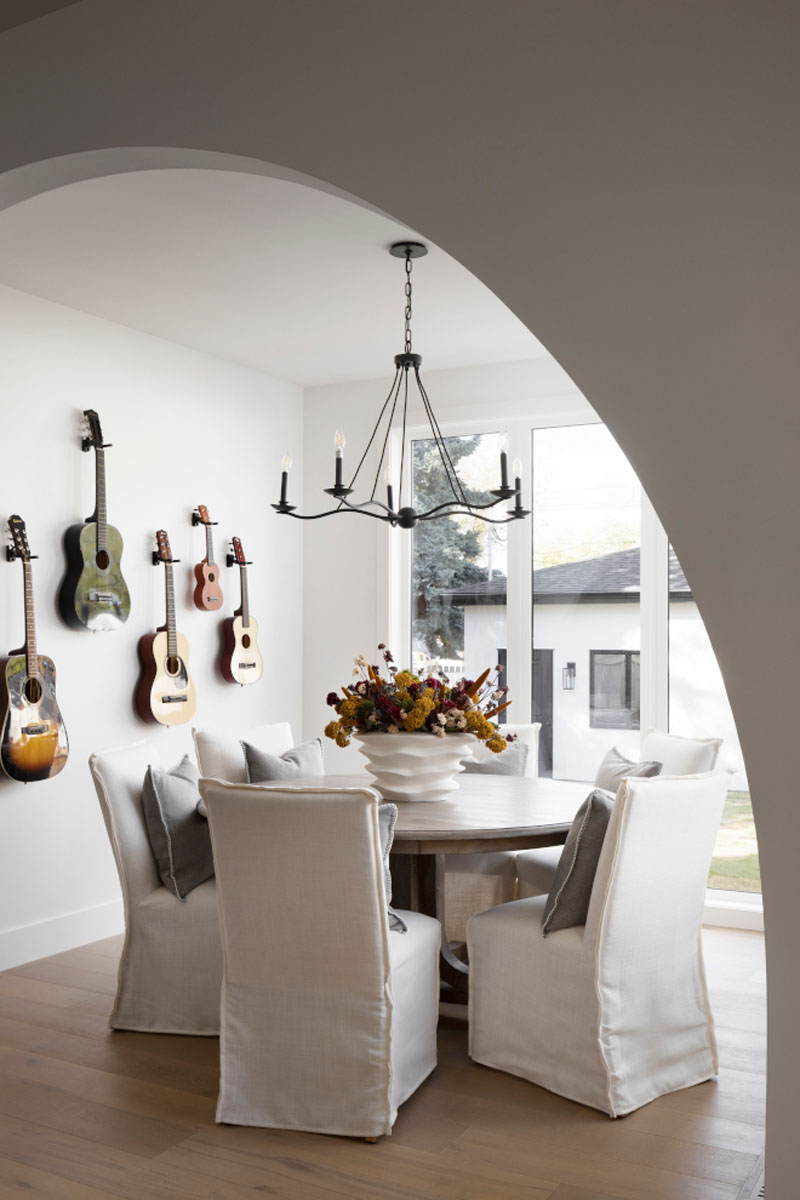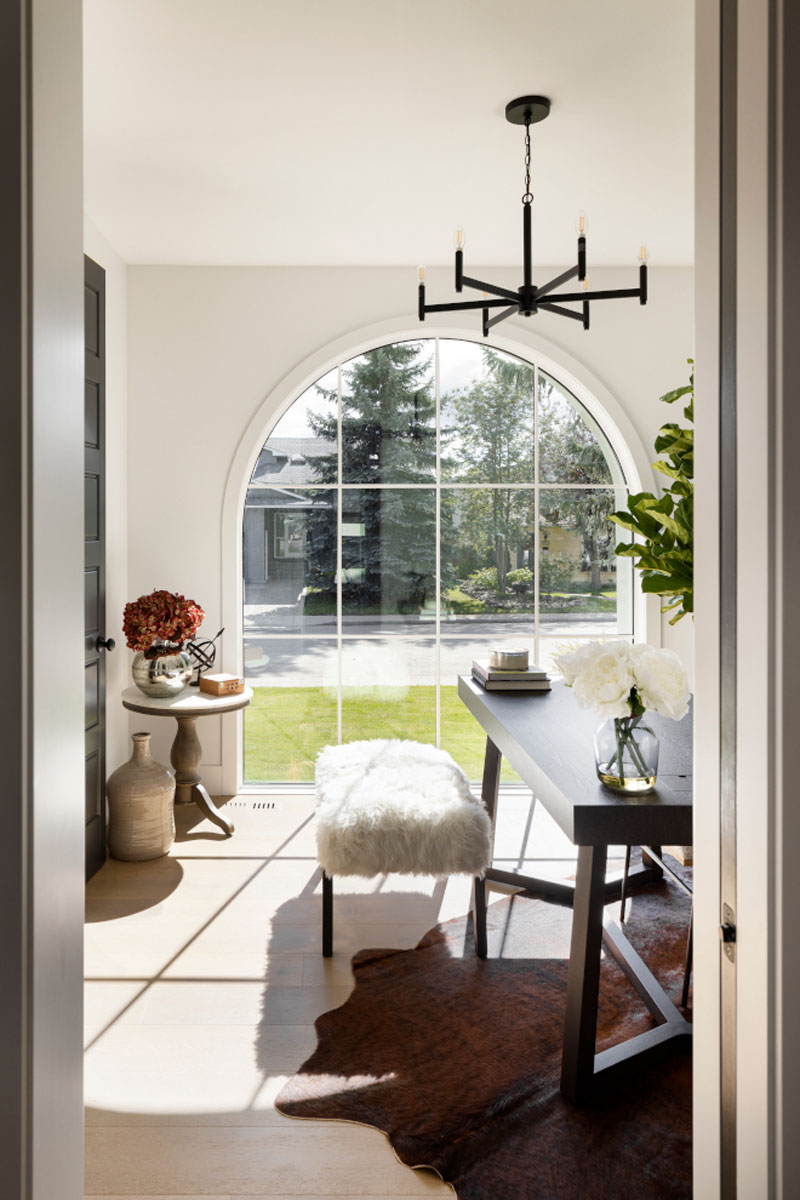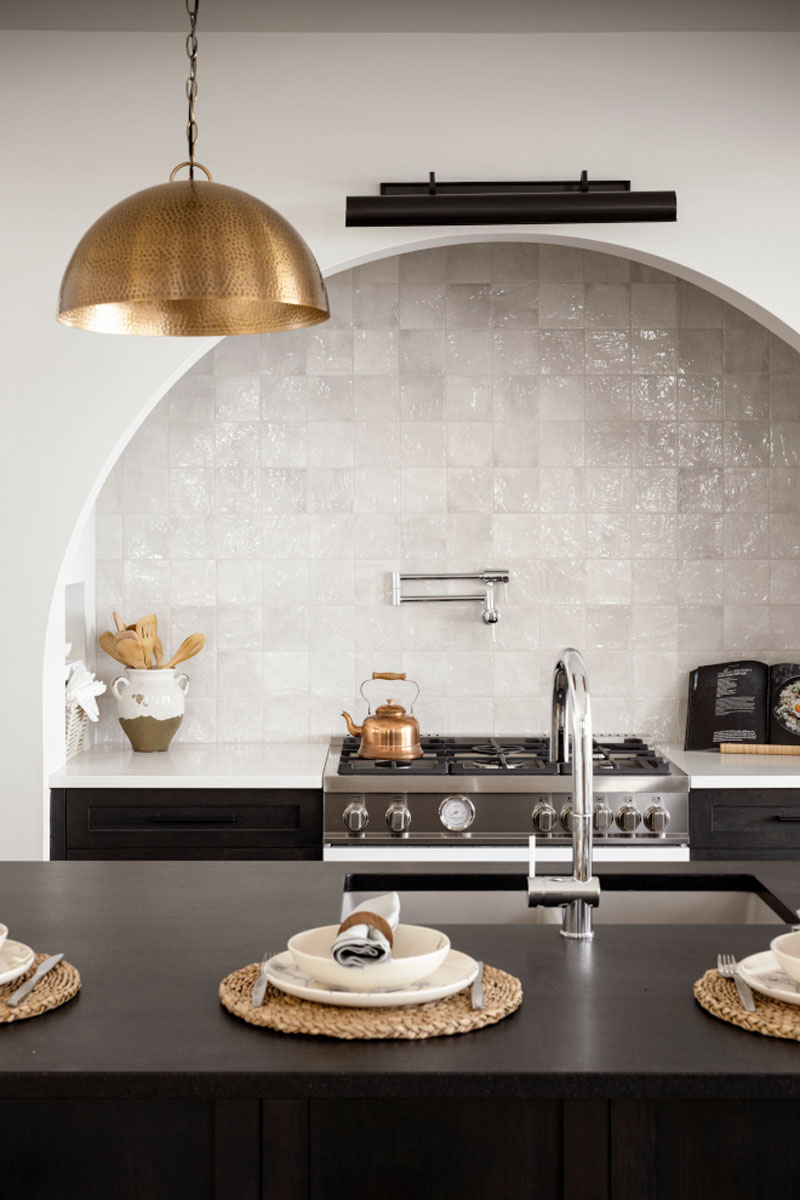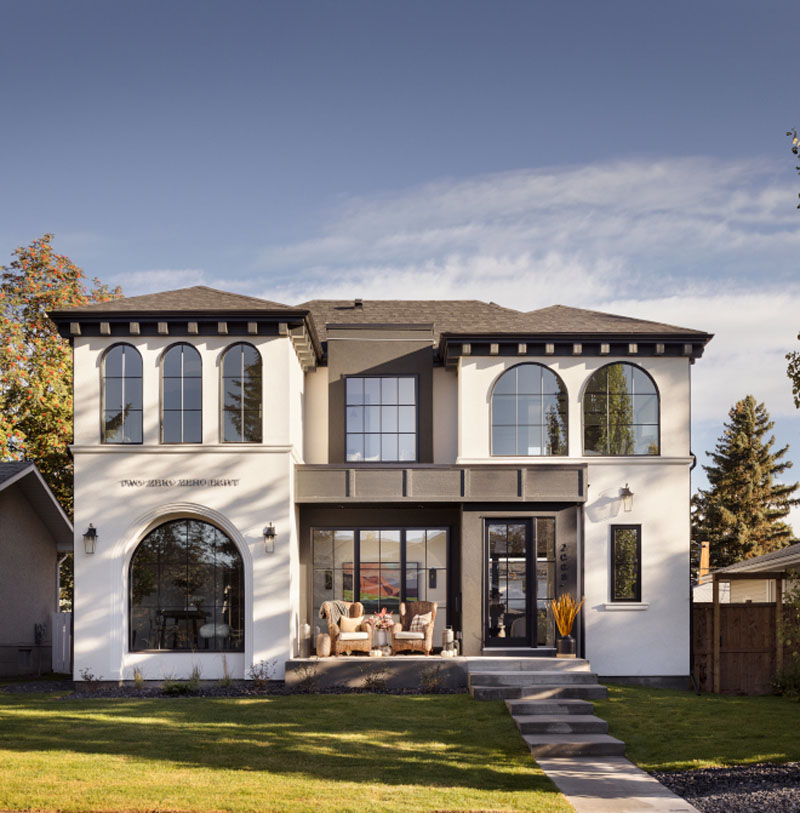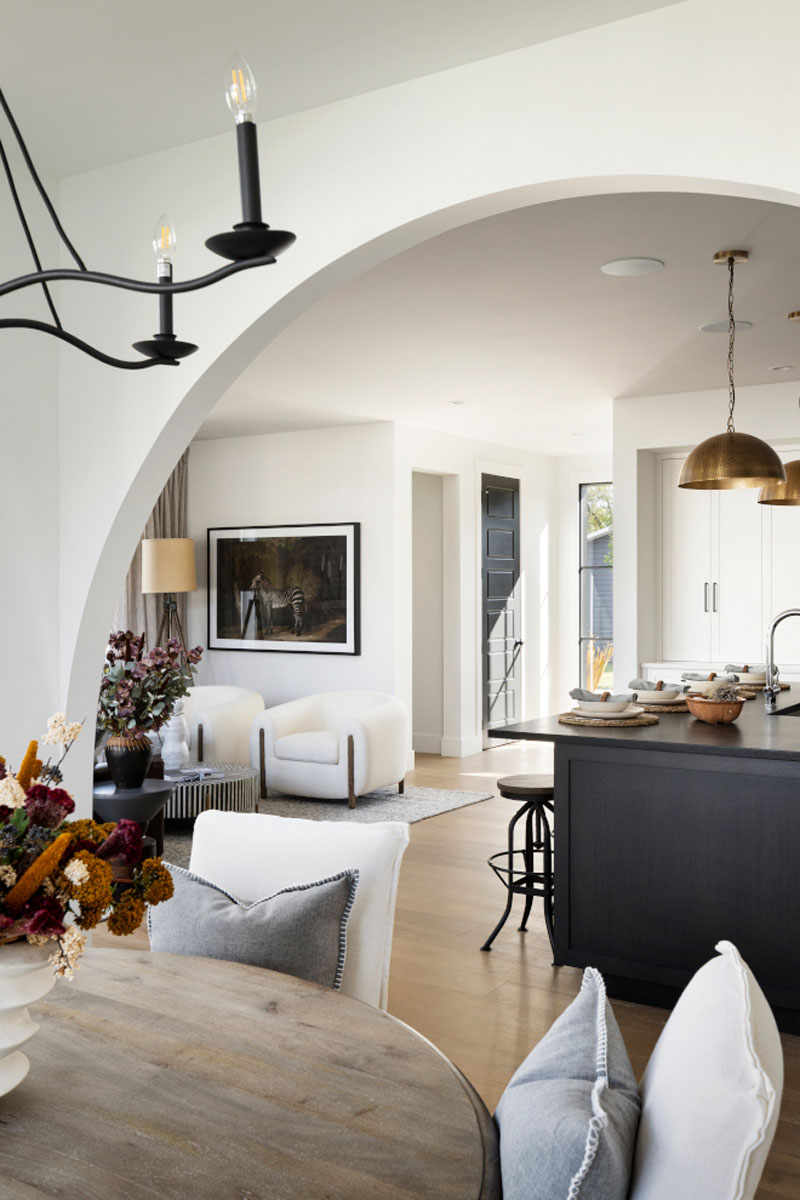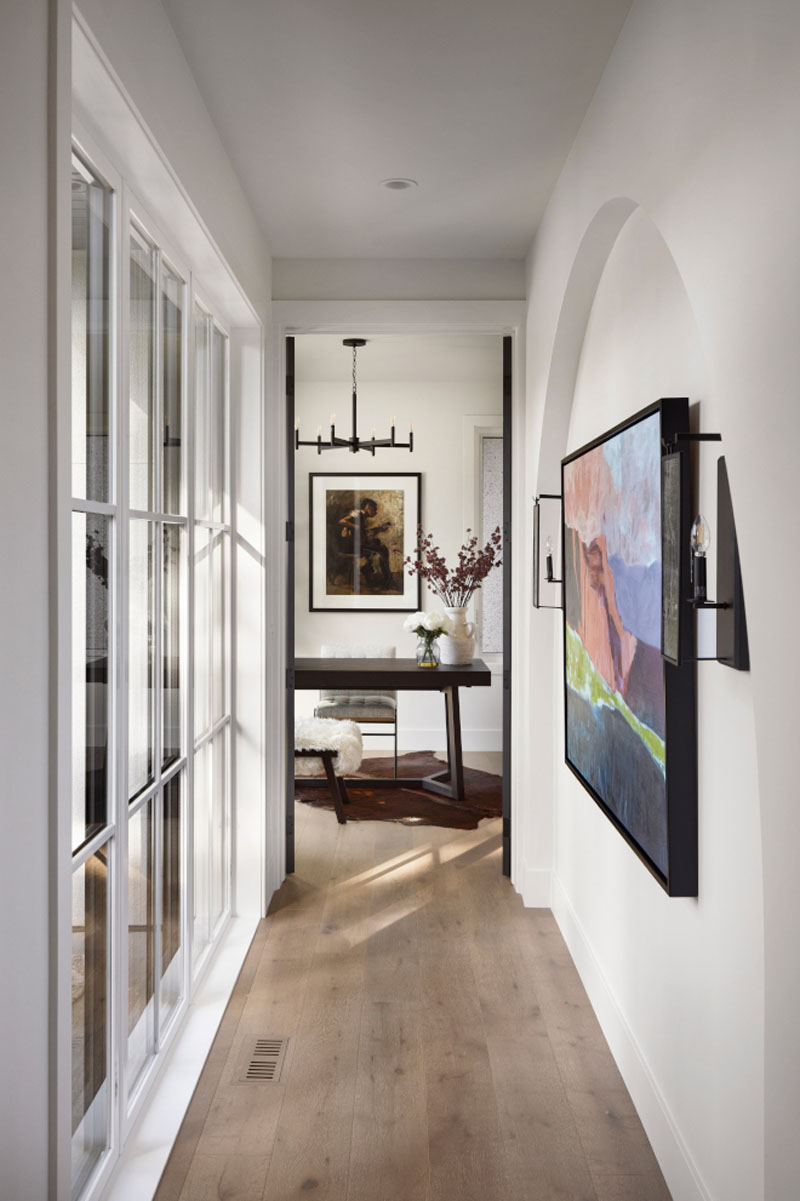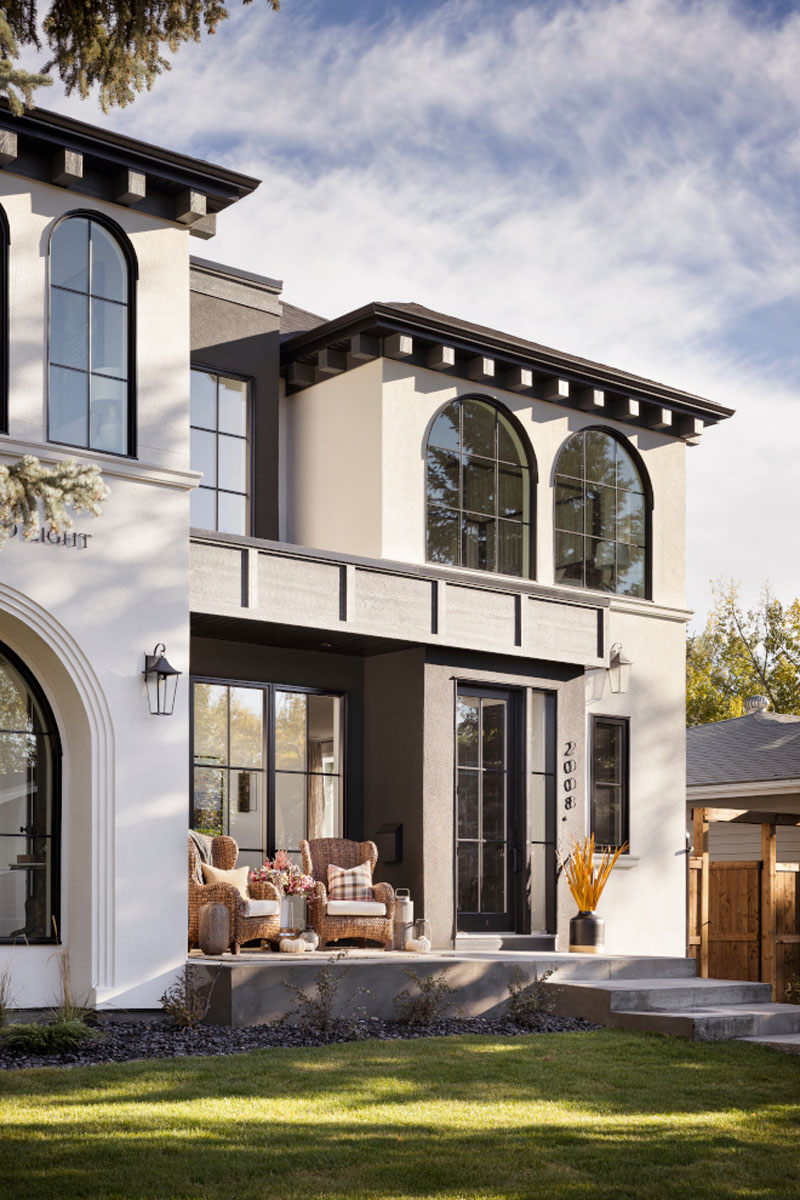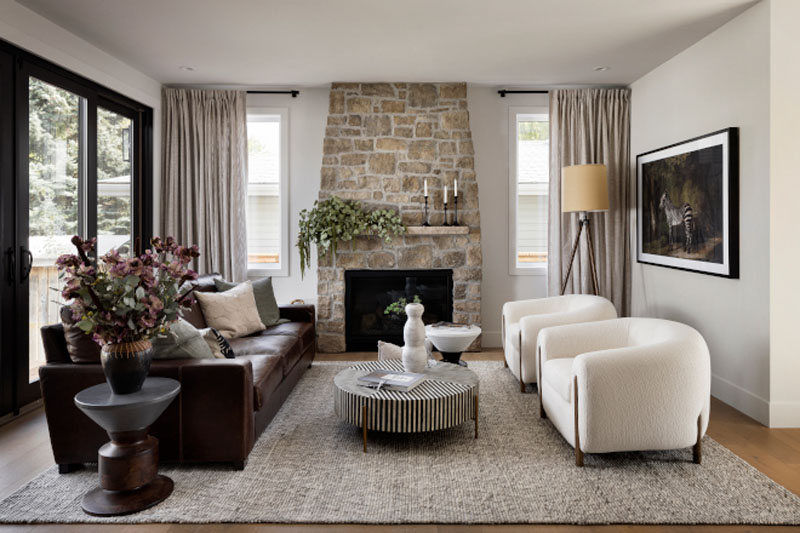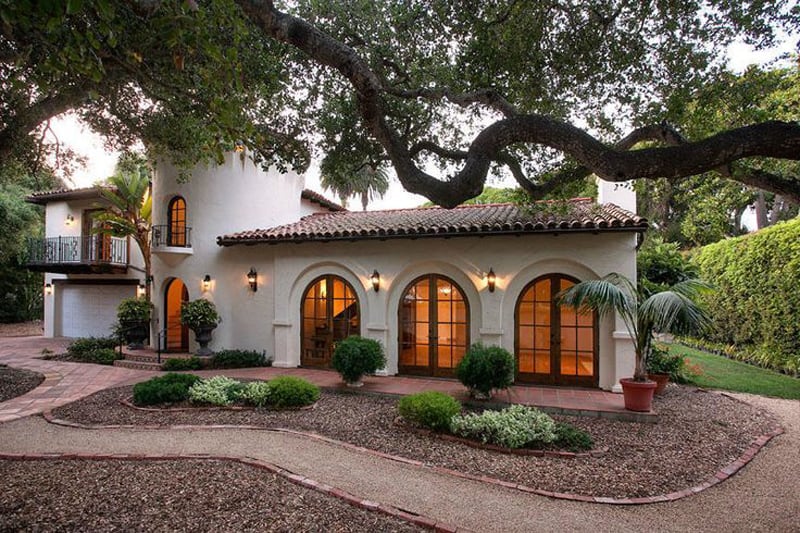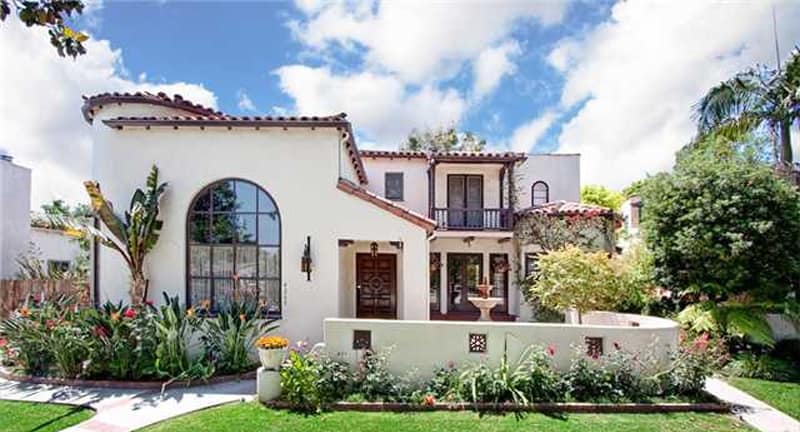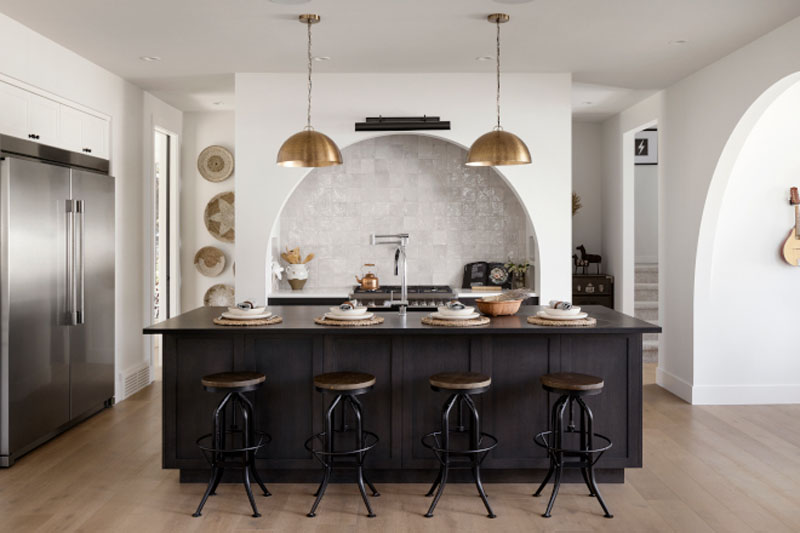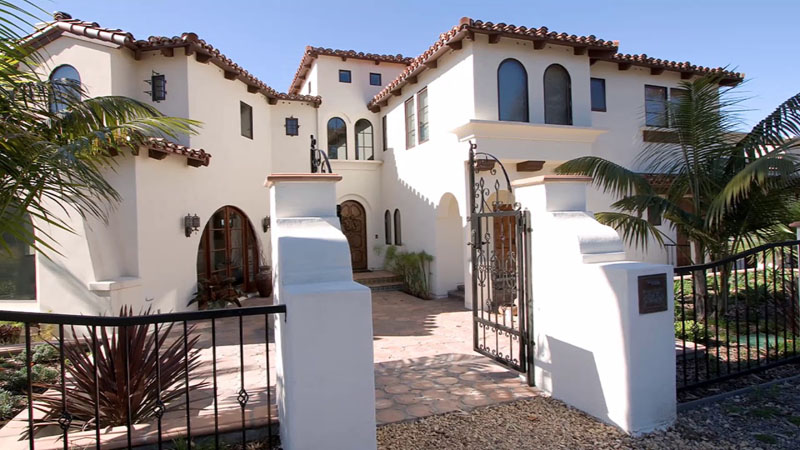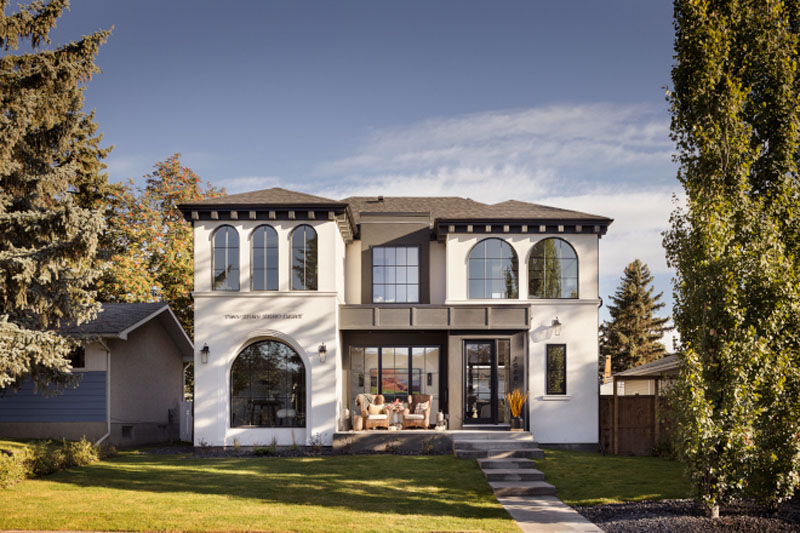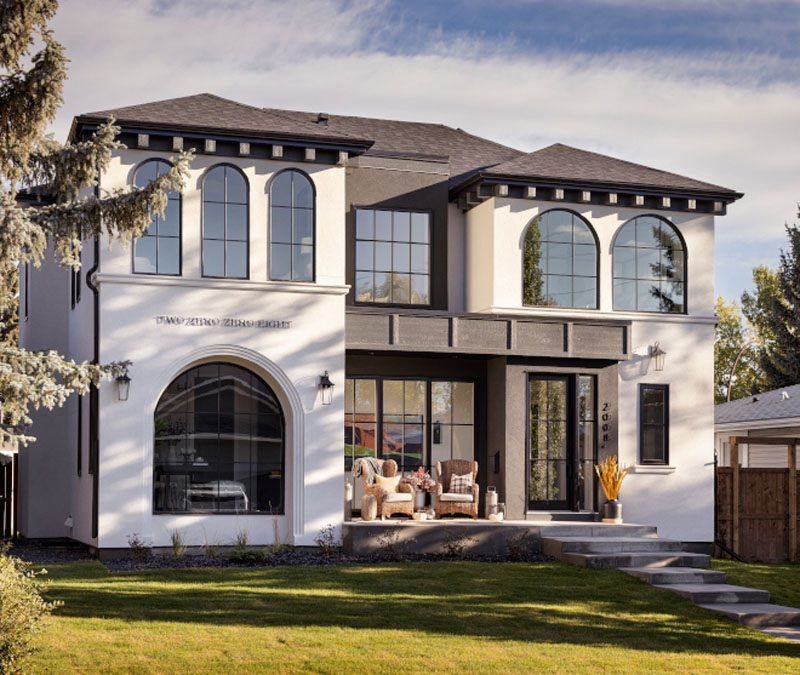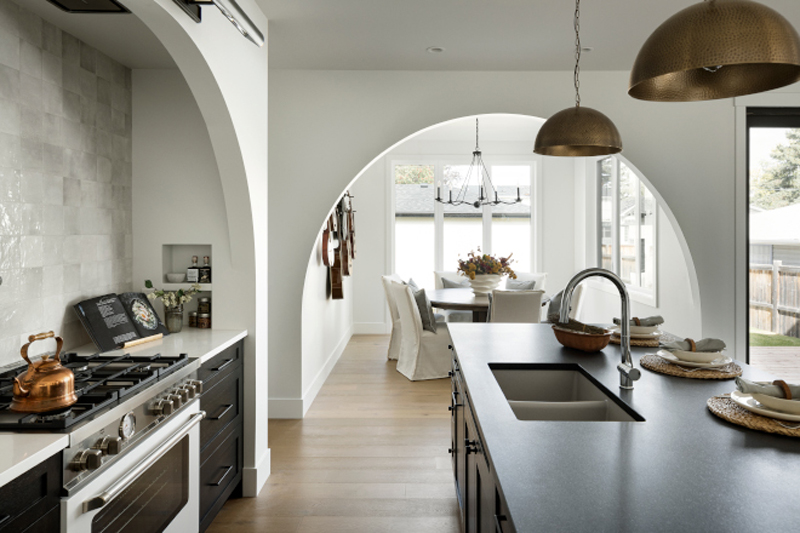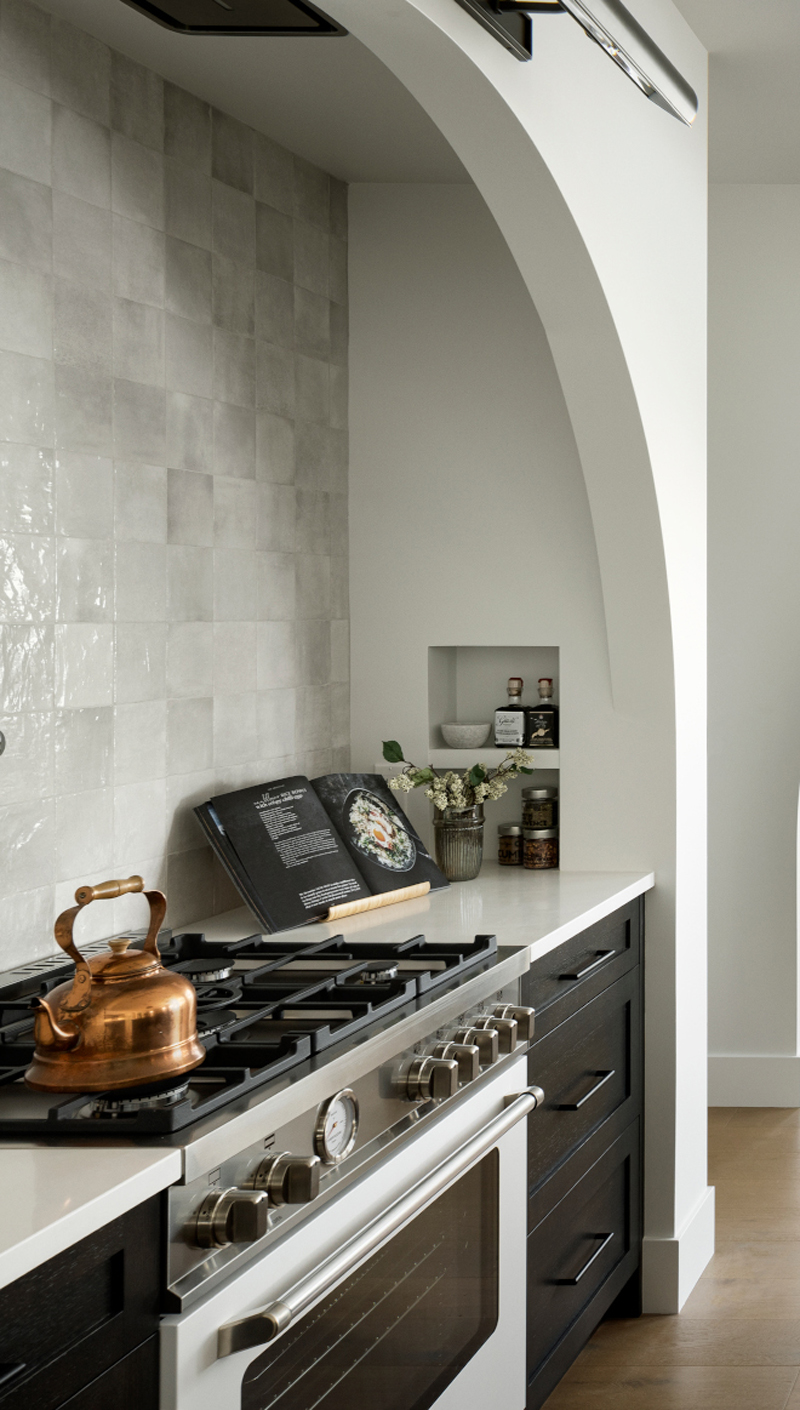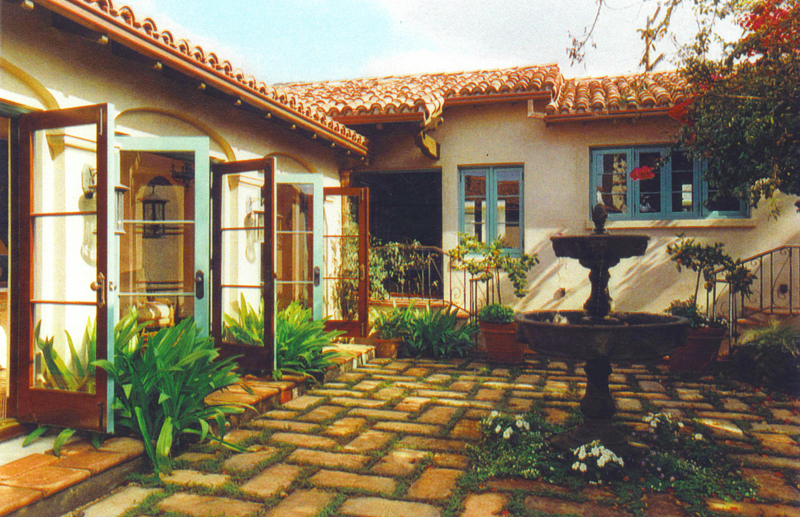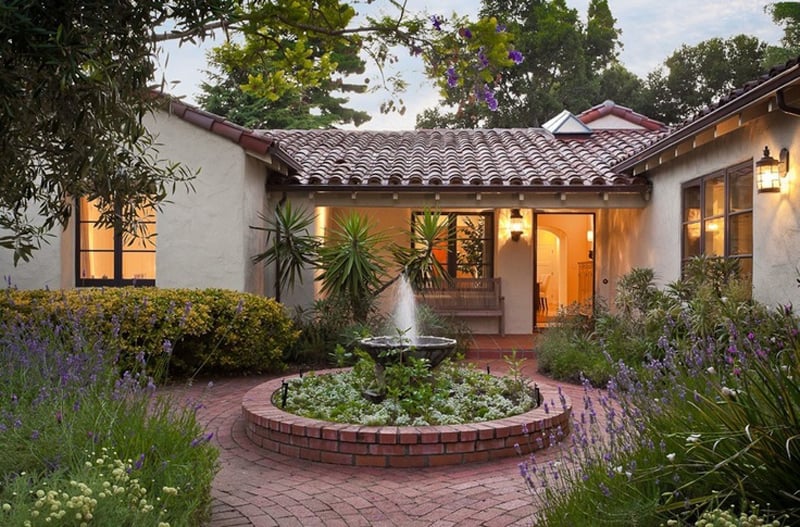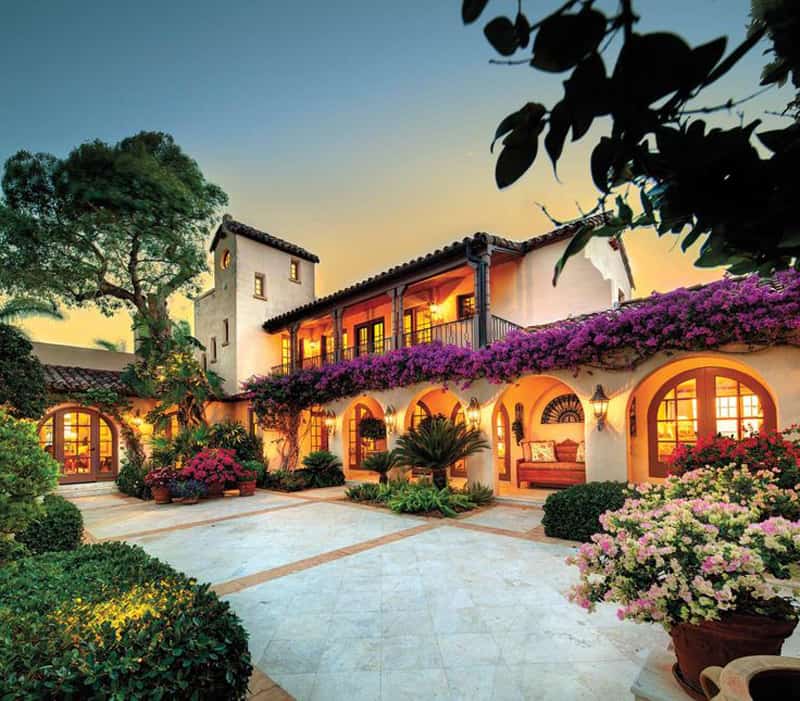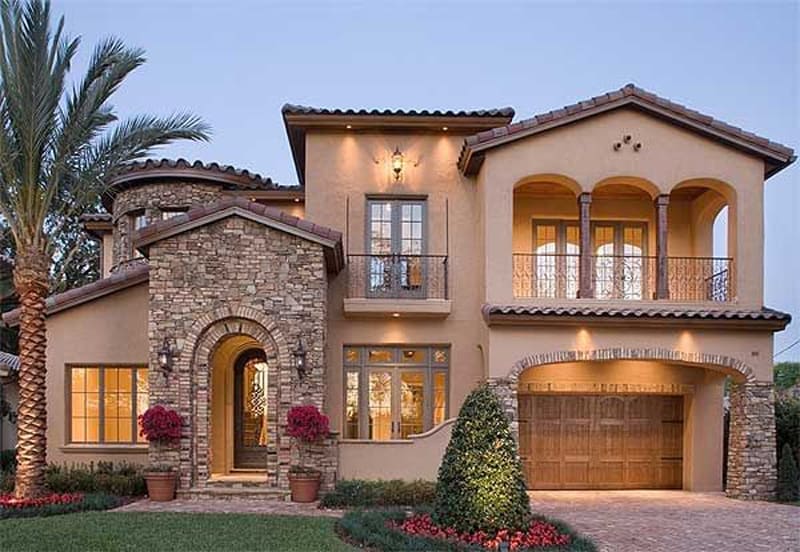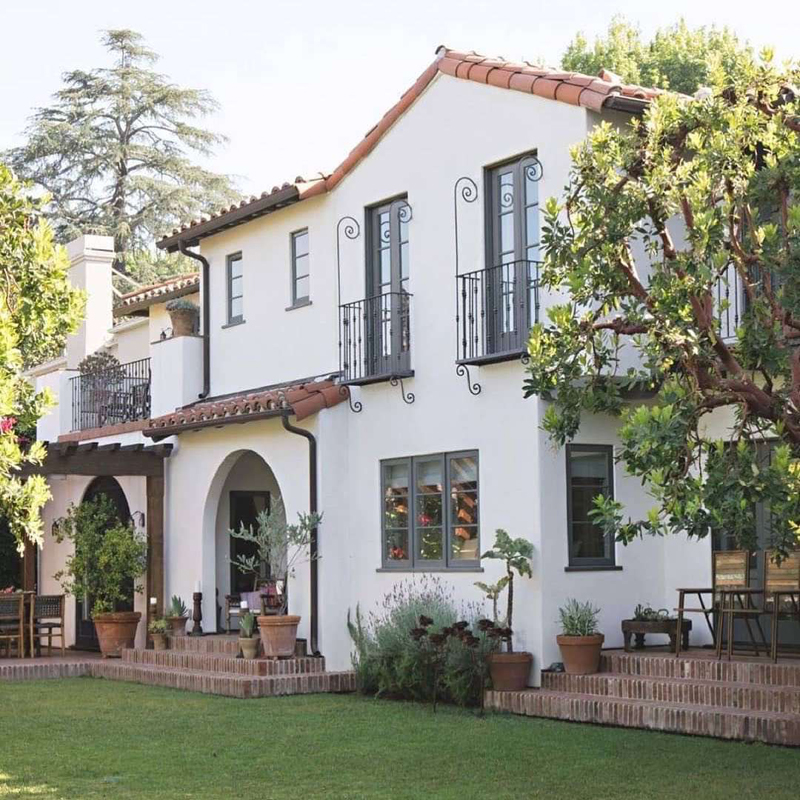A Spanish-style house located in an urban environment would likely incorporate elements of traditional Spanish architecture, such as terracotta roof tiles, stucco exterior walls, and arched openings. However, the design of the house would need to be adapted to the constraints of an urban environment. Some key considerations would include:
Space: Urban properties are typically smaller than those in rural areas, so the design of the house would need to make the most efficient use of the available space.
Privacy: The house would likely include features such as walls, fences, and gates to provide privacy and security.
Noise: The house would likely be designed to reduce the impact of street noise and other urban sounds.
Lighting: The house would likely have large windows and skylights to bring natural light into the interior spaces, and strategically placed lighting fixtures to illuminate the exterior of the house at night.
Landscaping: Urban properties often have limited outdoor space, so the house would likely have a small garden or patio area, which would be designed to be low maintenance and easy to care for.
Materials: The house would likely use traditional Spanish materials such as terracotta roof tiles, stucco, and tile, but also incorporate more modern materials, such as concrete and steel, to meet the demands of an urban environment.
Adaptability: The house would be designed to be adaptable to the changing needs of the occupants. For example, a small room could be turned into a home office or a guest room.
Urban regulations: Building codes and zoning laws would need to be taken into account when designing the house, to ensure that it is compliant with all local regulations.
Overall, a Spanish-style house in an urban environment would blend traditional Spanish architecture with modern design and functionality to create a unique and attractive home that is well-suited to city living.
Interested in Spanish-style houses
If you are interested in Spanish-style houses, there are a few things that are good to know.
Spanish-style houses often feature elements of traditional Spanish architecture, such as terracotta roof tiles, stucco exterior walls, and arched openings.
Spanish-style houses often have a close relationship with nature, and they often incorporate outdoor spaces, such as courtyards, patios, and gardens, into the design.
The houses often feature a central courtyard or atrium, which serves as the heart of the home and provides natural light and ventilation to the interior spaces.
Spanish-style houses often have thick walls, which help to keep the interior cool in hot weather.
Spanish-style houses often use natural materials, such as stone, wood, and tile, in the construction and design.
Spanish-style houses often have a warm and earthy color palette, with a mix of warm tones, such as terra cotta, yellow, and orange, and cool tones, such as blue, green, and white.
Spanish-style houses are not only found in Spain, but also in many countries in Latin America, as well as in the US, where it’s known as Spanish Revival architectural style.
Spanish-style houses can vary greatly, depending on the region and the local climate, and a Spanish-style house in one region may look very different from a Spanish-style house in another region.
Spanish house materiales used
Spanish-style houses often use natural materials in their construction and design. Some of the most common materials used in Spanish-style houses include:
Terracotta roof tiles: These clay tiles are commonly used on the roof of Spanish-style houses. They are durable, weather-resistant, and provide a distinctive look that is associated with traditional Spanish architecture.
Stucco: This type of plaster is commonly used on the exterior walls of Spanish-style houses. It is a mixture of cement, lime, sand, and water, and it is applied in layers to create a smooth, finished surface.
Stone: Natural stone is often used in Spanish-style houses, particularly for features such as fireplaces, chimneys, and walls. It can also be used as flooring and decor.
Wood: Wooden beams and trusses are often used in Spanish-style houses to support the roof and create a rustic, natural look. Wooden elements can also be used for doors, windows, and trim.
Tile: Spanish-style houses often feature decorative tile work, particularly on floors, walls, and in bathrooms. The most traditional tiles are known as “azulejos” and are typically handmade and painted.
Iron: Wrought iron is often used for gates, balconies, and other decorative elements. It creates a rustic look that is well suited for Spanish-style houses
Glass: Spanish-style houses often have large windows and doors that allow natural light to flood the interior spaces.
Adobe: Adobe brick is made of clay, water and straw. and is used in some regions of Spain, usually in rural areas, where the climate and conditions allowed it.
These materials are used to create a warm and earthy aesthetic that is associated with traditional Spanish architecture.
The bottom line on Spanish-style homes
The bottom line on Spanish-style homes is that they offer a unique and beautiful living experience, but they also require careful consideration. Spanish-style houses are known for their timeless design, which often incorporates elements such as terracotta roof tiles, stucco exterior walls, and arched openings. They also often feature courtyards, patios, and gardens, which create a close relationship between indoor and outdoor spaces, making the house ideal for entertaining and enjoying the outdoors. The thick walls of Spanish-style houses help to keep the interior cool in hot weather, which can be especially beneficial in regions with a hot climate. Spanish-style houses often use natural materials, such as stone, wood, and tile, in their construction, which gives the house a warm and earthy aesthetic. However, Spanish-style houses require regular maintenance, particularly for the roof tiles, stucco exterior walls, and other traditional materials that are used in the construction. They can also be more expensive to build and maintain than other types of houses, due to the use of traditional materials and the need for specialized labor. Additionally, Spanish-style houses may not be as soundproof as other types of houses, which can be a problem in regions with high levels of street noise or other urban sounds. They may also be difficult to maintain in regions with a hot or dry climate. And they may not be suitable for urban environments, as they may not comply with local zoning regulations, or they might not be suitable for the small or irregular shape of an urban lot.
Spanish-style houses have both pros and cons to consider:
- Aesthetics: Spanish-style houses are known for their beautiful, timeless design, which often incorporates elements such as terracotta roof tiles, stucco exterior walls, and arched openings.
- Indoor-Outdoor Living: Spanish-style houses often feature courtyards, patios, and gardens, which create a close relationship between indoor and outdoor spaces, making the house ideal for entertaining and enjoying the outdoors.
- Climate Control: The thick walls of Spanish-style houses help to keep the interior cool in hot weather, which can be especially beneficial in regions with a hot climate.
- Natural Materials: Spanish-style houses often use natural materials, such as stone, wood, and tile, in their construction, which gives the house a warm and earthy aesthetic.
- Energy Efficiency: Spanish-style houses often have a central courtyard or atrium, which provides natural light and ventilation to the interior spaces, reducing the need for artificial light and air conditioning.
- Maintenance: Spanish-style houses require regular maintenance, particularly for the roof tiles, stucco exterior walls, and other traditional materials that are used in the construction.
- Cost: Spanish-style houses can be more expensive to build and maintain than other types of houses, due to the use of traditional materials and the need for specialized labor.
- Noise: Spanish-style houses may not be as soundproof as other types of houses, which can be a problem in regions with high levels of street noise or other urban sounds.
- Landscaping: Spanish-style houses often feature large courtyards and gardens, which can be difficult to maintain, especially in regions with a hot or dry climate.
- Adaptability: Spanish-style houses are designed for a specific purpose, which may not be adaptable for a different type of living or use, so a remodel or renovation might be necessary.
- Urban Environments: Spanish-style houses may not be appropriate for urban environments, as they may not comply with local zoning regulations, or they might not be suitable for the small or irregular shape of an urban lot.
Overall, Spanish-style houses can offer a unique and beautiful living experience, but they require careful consideration of the pros and cons before building or buying one.
